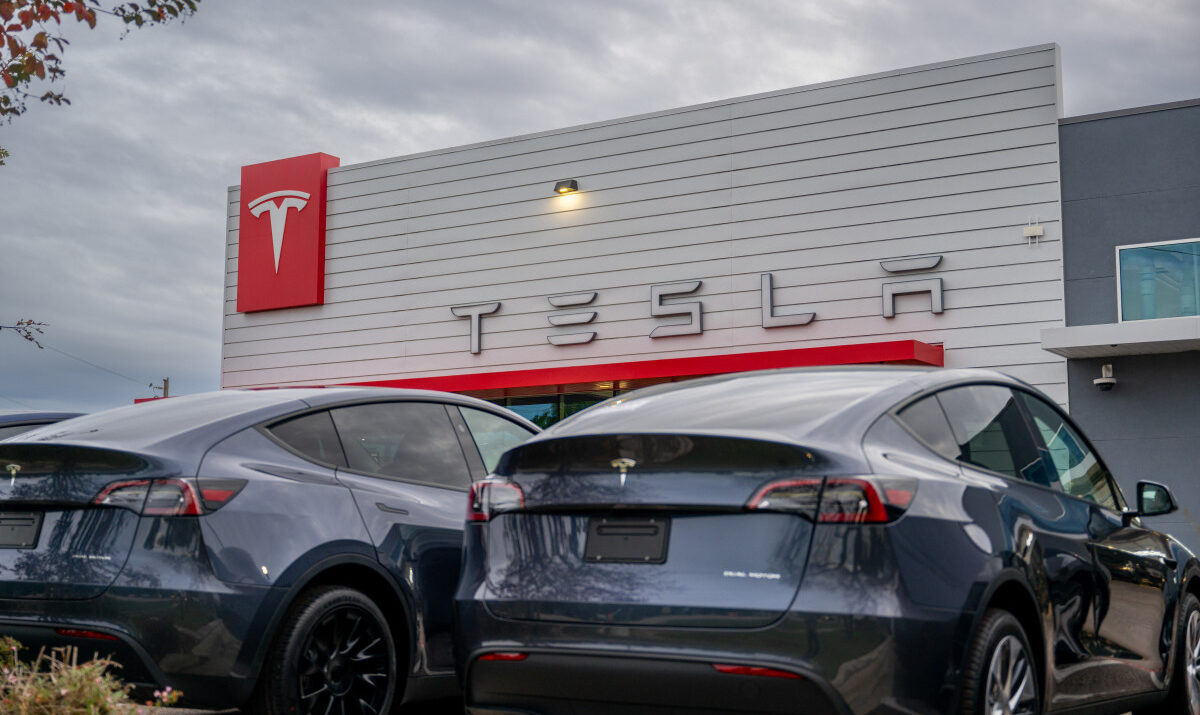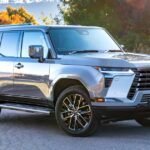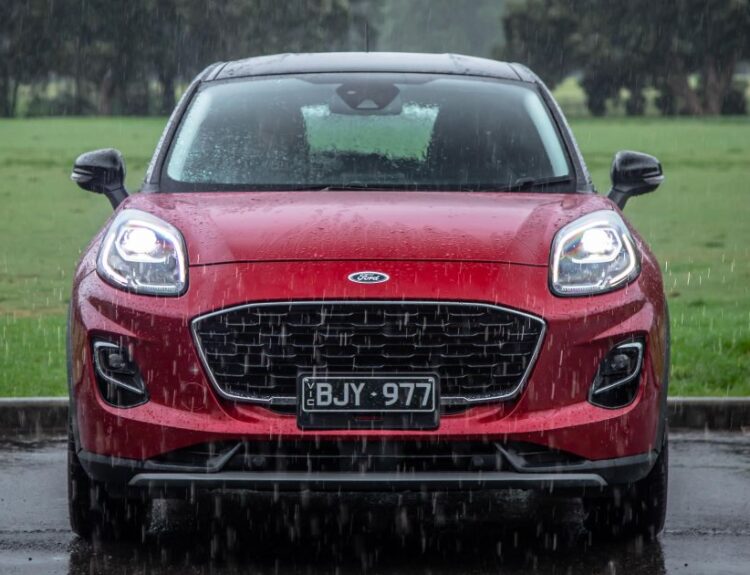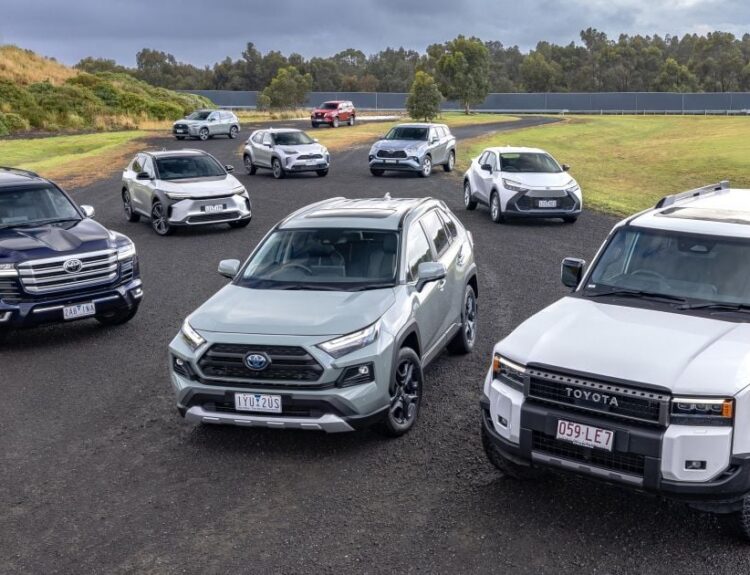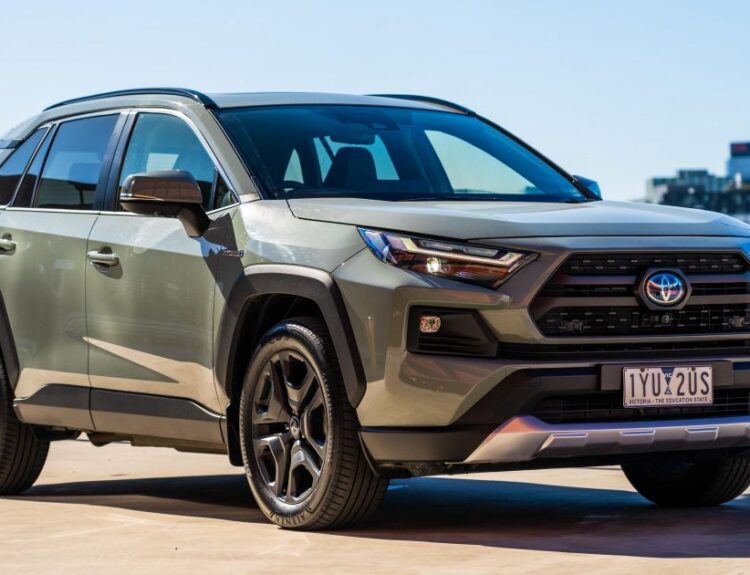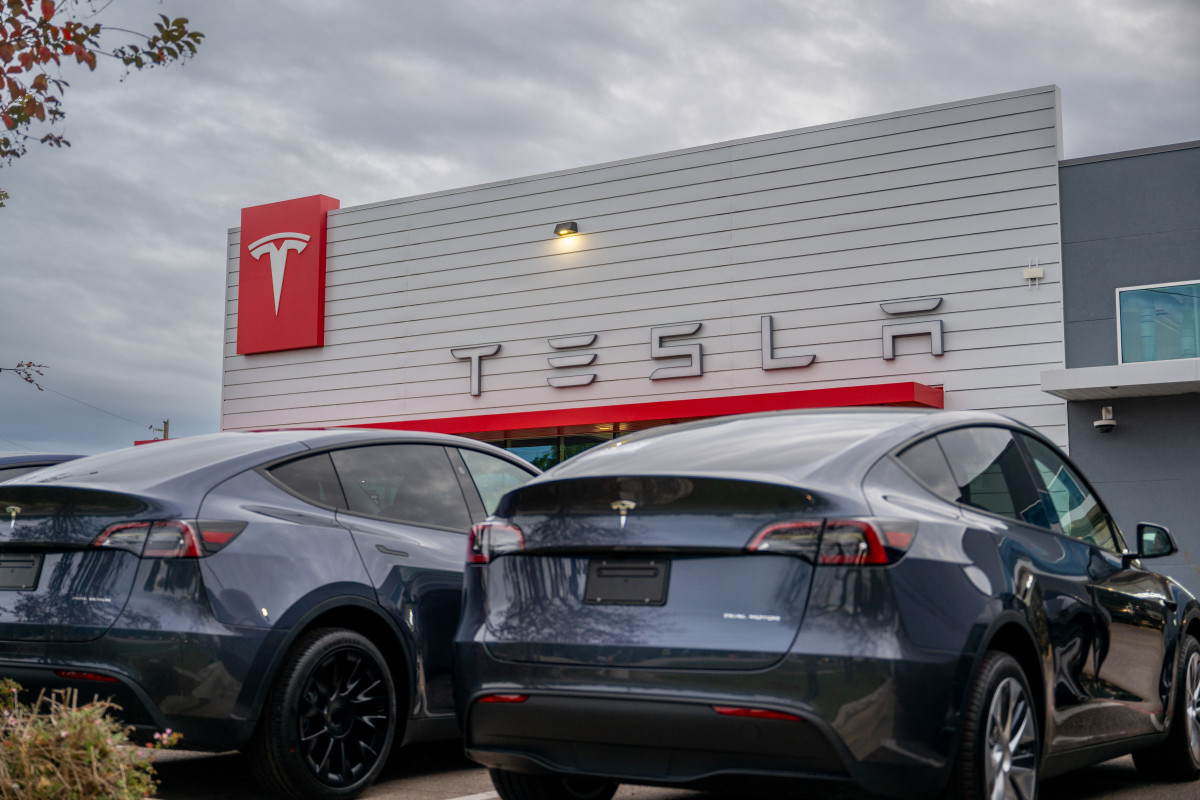
In a significant shift, Tesla has reported a decline in its annual electric vehicle (EV) sales for the first time in over ten years. The company delivered 1.79 million vehicles in 2024, a modest decrease from the previous year, falling short of analysts’ projections. Even with a record-setting fourth quarter that saw 495,570 deliveries, Tesla’s annual performance illustrates a 1.1% year-over-year drop.
This downturn is indicative of mounting pressures faced by the automaker. A nationwide slowdown in EV sales, tempered consumer enthusiasm, and logistical challenges have all contributed to the decline. Compounding matters, Tesla has dealt with recent turmoil, including an arson incident at its Berlin facility and substantial layoffs impacting various sectors, including its sales teams.
Related: UK’s controversial £15,000 fine per EV policy negatively impacts buyers and manufacturers
BYD Gains Ground
In stark contrast, BYD, Tesla’s primary competitor from China, has made significant strides, achieving 4.25 million total passenger car sales, which includes 1.76 million fully electric vehicles. This marks a remarkable 41% increase in annual EV sales compared to 2023, driven largely by generous government subsidies and enticing consumer incentives.
BYD HAN
BYD
December was particularly noteworthy for BYD, which surpassed 207,000 EV sales in a single month, establishing a new record. Tesla may still hold the title of the world’s leading EV manufacturer, but the gap between the two rivals has narrowed to a mere 30,000 vehicles. BYD’s aggressive market strategy and an expanding array of models are strong signals of its ambition to take the lead from Tesla in the foreseeable future.
Related: Porsche reevaluates EV focus as consumer preferences shift back to gas vehicles
Challenging Seas Ahead
Tesla’s obstacles extend beyond mere competition. The incoming U.S. administration, led by President-elect Donald Trump, has signaled skepticism regarding EV incentives, potentially jeopardizing crucial federal tax credits that traditionally bolster sales. However, Tesla may find an advantage in the anticipated easing of regulations surrounding self-driving vehicles, which aligns seamlessly with the company’s strategic objectives in autonomous technology.
Tesla Cybertruck production line
Tesla
CEO Elon Musk remains hopeful for the year ahead, projecting growth of between 20% and 30% as the company prepares to roll out a new, more affordable EV model in the first half of 2025. Yet, given Tesla’s historical challenges in meeting production timelines, skepticism remains among analysts regarding these predictions, especially in light of fluctuating demand and heightened competition.
Related: 2025 Toyota 4Runner’s fuel economy: a mixed bag of improvements and drawbacks
A Shifting Landscape
Tesla’s market dominance is increasingly in jeopardy. BYD’s rapid expansion serves as a wake-up call not only for Tesla but for traditional automakers like Volkswagen and Stellantis, who are struggling to adapt their operations to the electric vehicle paradigm. These companies are witnessing declining sales amid sluggish efforts to electrify their lineups, highlighting BYD’s burgeoning momentum.
Concluding Thoughts
The future of the EV marketplace will be characterized by heightened competition, groundbreaking innovation, and evolving consumer trends. Tesla’s capacity to uphold its leadership status will hinge on its adaptability to market dynamics and its commitment to pioneering new offerings. Concurrently, BYD’s relentless growth is reshaping the landscape, setting the stage for a fierce battle for EV supremacy as we approach 2025 and beyond.
Related: Chinese automakers navigate around tariffs to expand their influence
Source:www.autoblog.com

